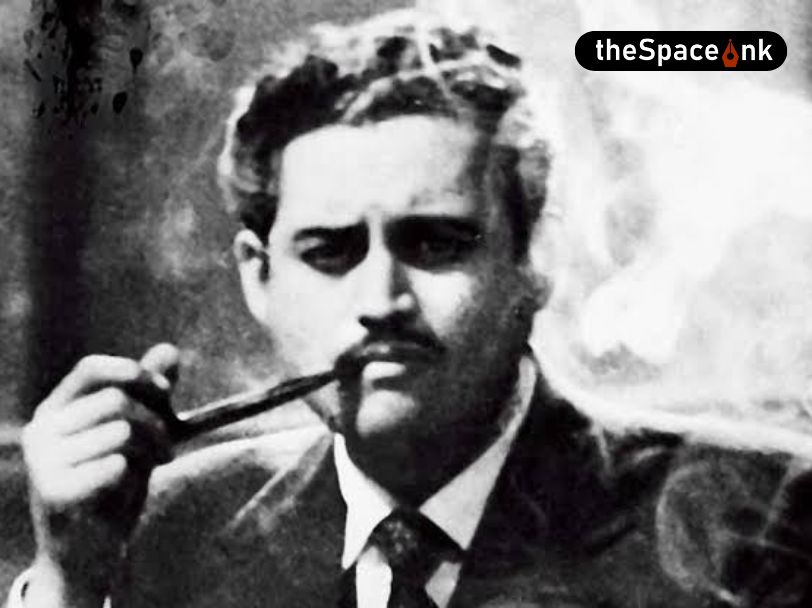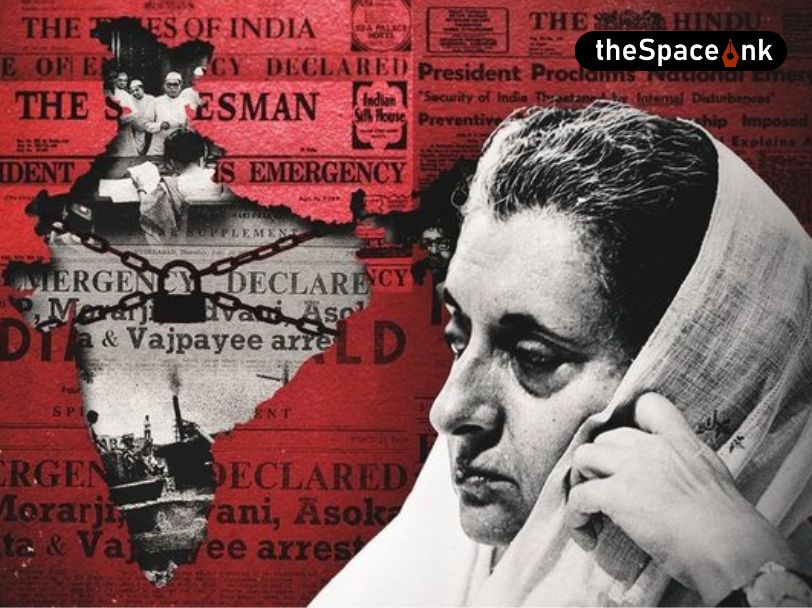Unlike his father, Jyotirindranath Tagore preferred staying only at Chandernagore even though he was acquainted with Dutta Lodge, Chinsurah. In Europe and the Hugli : The European Settlements on the West Bank of the River (2014) Suranjan Das and Basudeb Chattopadhay pertinently observe this preference :“serene and picturesque riverfronts of Chandernagore and to a lesser extent Chinsurah provided solace to Devendranath and attracted two of his exceptionally talented children Jyotirindranath and Rabindranath” (53; emphasis mine).
In Chandernagore, as Rabindranath recollects in Chelebela, Jyotirindranath, initially, stayed at ‘Riverview’ (which in the records of Jorasanko is known as Barunjyeder Baganbari) following the footsteps of his father:
“Gangar dharer pratham je basha amar mone pore, choto se dotola bari” (‘Rabindra Rachanabali’, Vol. XII, pp 733).
[My earliest memory of our life by the Ganges is of a small two-storey house].
Jyotirindranath and his wife, Kadambari Devi preferred resting in the close proximity of nature. The fresh air surrounding Barujyeder Baganbari, the two- storied building near the Ganges, rejuvenated his mind. ‘Kadambari’ (2015), a biopic of Kadambari Debi, directed by Suman Ghosh, has an episode mirroring the luxuriously indolent days. Amal Kumar Mitra states in his essay, mentioned earlier, that in this house Jyotirindranath taught Kadambari the art of horse riding. Trained horses from Satyaprassana Bandyopadhaya’s stable were used to train Kadambari. Apart from Rabindranath, Jyotirindranath was also visited by his cousin and bosom friend, Gunendranath. In ‘Ghoroa’ Abanindranath Tagore, Gunendranath’s son, remembers visiting with his father to ‘Farasdangar bagan’ where ‘Jyoti Kakamoshai’ was residing.
Sometimes, Jyotirindranath arranged an evening ‘Jalsa’ on a river-boat, where he would play the violin and Rabi would sing songs. Carefree days thus glided by. Within a few days, Jyotirindranath moved out of Barunjyeder Baganbari and occupied Moran Saheber Kuthibari. This house, in Gondolpara, Chandernagore, is also located beside the Ganges, though a little far away from the former. The selection of and the decision to rent the house was entirely of Jyotirindranath’s, for there is no record of any expense incurred for this stay in the ‘cash-boi’ of Jorasanko. Thus it is evident, the pristine natural landscape of the water-front town impressed Jyotirindranath to a large extent.
However, the main reason behind Jyotirindranath’s fascination for Chandernagore was, perhaps, his passion for French literature, culture and heritage. Jyotirindranath Tagore was a scholar of French language and literature. Malabika Mandal in ‘Jyotirindranather Oitihashik Natok’ records that he not only learnt the foreign language assiduously from Manmohan Ghosh but also translated Moliere’s plays ‘Le Mariage Force’ (‘Daye Pore Daygraha’) and ‘Le Bourgeois Gentilhomme’ (‘Hothat Nabab’) into Bengali language (Mandal 25). The shadow of Racine’s ‘Alexandre le Grand’ is conspicuously perceptible in the soulful essence of Jyotirindranath’s play ‘Purubikram’ (Mandal 39).
In the French-soaked ambience of Chandernagore, Jyotirindranath drank the ‘milk of paradise’ which inspired him to translate the French plays of Moliere into Bengali. Thus the proportionate combination of the natural green and the French climate at Chandernagore acted as the catalyst for his creative translations. Hence in the ‘Appendix’ to Harihar Sett’s ‘Rabindranath O Chandannagore’, Amal Kumar Mitra concludes: “Forashi oitijjher omogh akorshonei je Jyotirindranath majhe majhe emon dharona driho hoi ‘bharati’ potrika onushoron korle”
[That Jyotirindranath often visited Chandernagore due to his attraction for the French heritage is to be gauged by following the subsequent issues of ‘Bharati’ published during that time].
Jyotirindranath and his wife, Kadambari Devi preferred resting in the close proximity of nature. The fresh air surrounding Barujyeder Baganbari, the two- storied building near the Ganges, rejuvenated his mind. ‘Kadambari’ (2015), a biopic of Kadambari Debi, directed by Suman Ghosh, has an episode mirroring the luxuriously indolent days.
This is because Jyotirindranath’s translations of Molier’s plays, ‘Dokandar Borolok’ and ‘Hothat Nawab’, were regularly published in ‘Bharati’ 1883 onwards, which means while he was at Chandernagore. Hence Mitra concludes: “Bhabte anondo hoi, Jyotirindranath je Forashi sahityer mondakini dharake onubader madhyome jibonbhor bangle sahitye probhabito korechilen, tar sutropat o Chandannagore e!!”
[It’s a matter of extreme delight to decipher that Chandernagore is the original homeland for Jyotirindranath’s lifelong fascination and love for translating French literature into Bengali language].
Influence of French literature worked as an undercurrent in all his creative endeavours, as well as in his own plays Sarojini and Kinchit Jalojog (Mandal 40).
Jyotirindranath’s love for French literature overlapped with his preference for staying at the French-ruled Chandernagore and it is during his sojourn there that he also encouraged his brother, Rabi, to study French literature and language. In fact he meticulously taught his younger brother the art of rendering an alien rhetoric with the help of native language.
Image courtesy: Wikimedia Commons
Antara Mukherjee is an Assistant Professor of English at a college in Kolkata.






